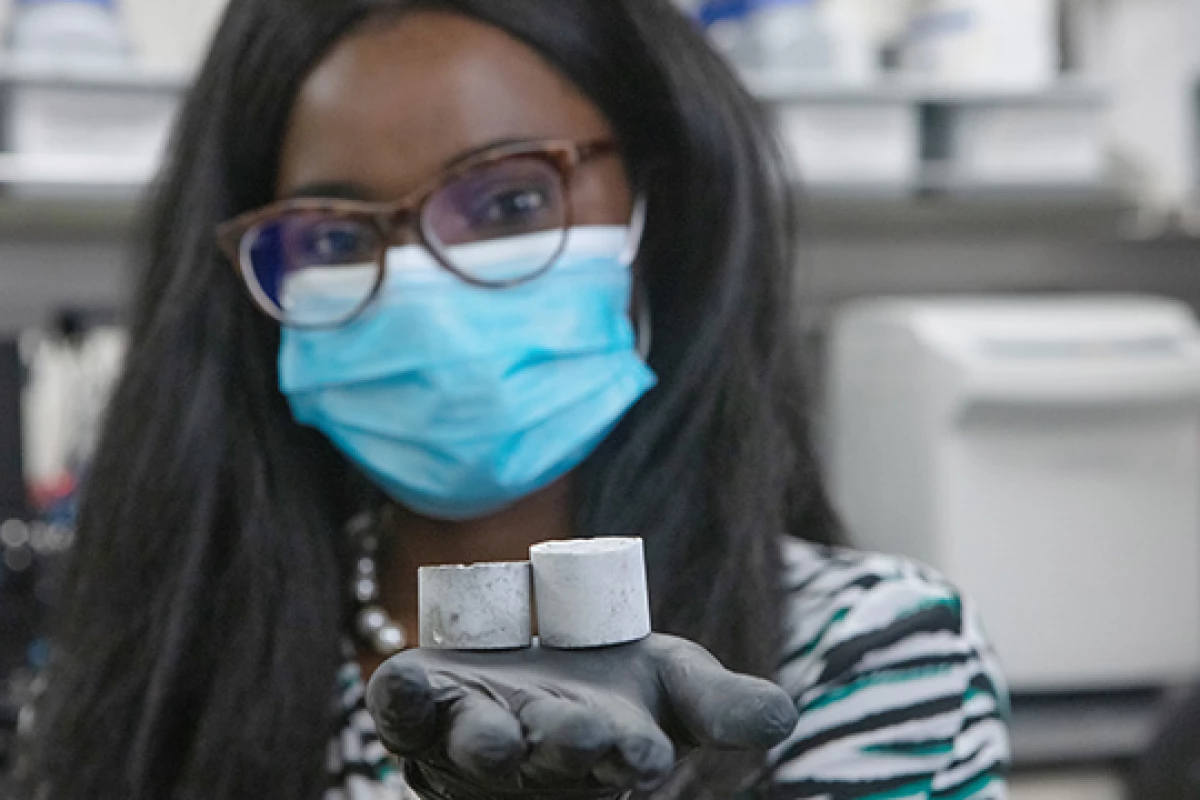As scientists work to shore up the strength and durability of concrete, it mightn't come as a huge surprise that the wonder material graphene is proving to be a promising additive. As the world's strongest artificial material, it may have a lot to offer the world of construction, and the latest example of this comes from Northwestern University researchers, who have developed a novel form of graphene-infused cement that is highly resistant to water and cracks.
As the key ingredient in the production of concrete, the world's most widely used material, cement has a massive environmental footprint, accounting for around eight percent of global greenhouse gas emissions. One way researchers hope to reduce this burden is by developing forms of concrete that last for longer, which reduces the need for further concrete to replace compromised structures.
One of the reasons concrete structures fail is the formation of cracks, which start out as tiny ruptures. Once water infiltrates these ruptures, they can cause them to grow in size until the entire thing needs repairing or replacing. We've seen some interesting ways scientists may be able to intervene in this process, through "self-healing" concrete that patches up its own cracks with help from blood enzymes, fungus and special glues.
Graphene might also play a part in this. We've seen promising concrete prototypes that use flakes of graphene to decrease water permeability, and even how old tires can be converted into graphene for the production of stronger concrete. And the technology is starting to make its way into the real world, with engineers recently pouring the world's first graphene-enhanced concrete slab in England.
The Northwestern University researchers have been cooking up yet another supercharged cement recipe, where tiny particles of the wonder material are incorporated to make concrete more resistant to water. The team experimented with a range of particle types, including carbon nanotubes, carbon nanofibers and graphene nanoplatelets, and then tested their performance through an advanced technique known as scratch testing. This subjects the microscopic bits of the material to conical probes to test their fracture response.
“I was able to look at many different materials at the same time,” says lead author of the study, Ange-Therese Akono. “My method is applied directly at the micrometer and nanometer scales, which saves a considerable amount of time. And then based on this, we can understand how materials behave, how they crack and ultimately predict their resistance to fracture.”
These experiments also allowed the scientists to tweak the makeup of the cement to enhance its performance. Through this process, the team landed on graphene nanoplatelets as the winning ingredient, which they found could be incorporated in small amounts to improve the fracture resistance of the finished product. This was achieved by lowering the material's porosity and therefore water penetration, which decreased by 78 percent.
“The role of nanoparticles in this application has not been understood before now, so this is a major breakthrough,” Akono says. “As a fracture mechanics expert by training, I wanted to understand how to change cement production to enhance the fracture response.”
The research was published in the journal Philosophical Transactions of the Royal Society A.
Source: Northwestern University




